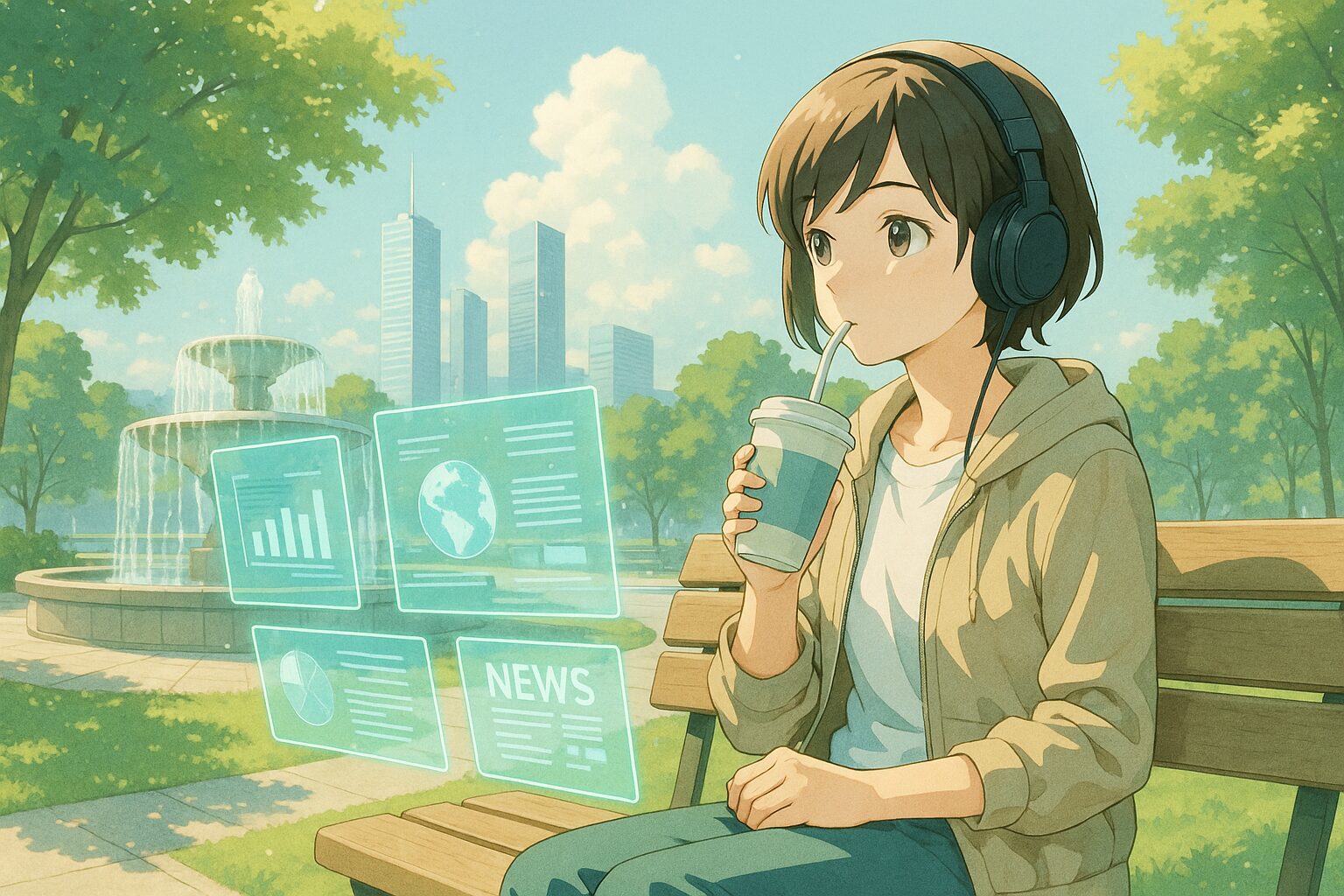The Safety and Fairness of AI Systems: How Will Our Future Change?
As AI becomes deeply intertwined with our lives, its safety and fairness are being questioned. With the publication of OWASP’s AI System Testing Guide, we have taken a step toward a new future. What kind of world awaits us if this trend continues?
1. Today’s News: What’s Happening?
Source:
https://www.infoq.com/news/2025/06/ai-testing-guide/
Summary:
- OWASP has released an open-source guide to assist in testing AI systems.
- This serves as a foundational resource for addressing AI security, bias, and risk.
- The guide supports organizations in systematically testing AI systems for safe implementation.
2. The Three “Structures” Behind the Issue
① The “Structure” of the Problems We Face Today
The rapid evolution of AI technology has outpaced the development of laws and ethical standards. This discrepancy increases the likelihood of AI malfunctioning or making biased decisions, which could become societal issues. The OWASP guide was created to fill this gap.
② How It’s Connected to Our Lives
AI permeates every corner of our lives, from medical diagnostics to autonomous driving and financial transactions. The realization of safe and fair AI systems is a crucial factor that influences the quality of our daily lives.
③ Us as “Decision-Makers”
In an age of reliance on AI, we must understand both its conveniences and risks and make informed choices. It’s essential not only to embrace new technologies but also to act with consideration of their impacts.
3. IF: What Will the Future Look Like if This Continues?
Hypothesis 1 (Neutral): A Future Where AI Testing Becomes the Norm
As a direct change, testing AI systems will be standardized and mandatory before implementation. This will increase the reliability of technology and form a society where AI can be used with confidence. The general sentiment will shift towards reduced anxiety about AI, fostering a foundation of trust in technology.
Hypothesis 2 (Optimistic): A Future of Significant Advances in AI Technology
With the dissemination of the testing guide, AI development will be conducted more safely and swiftly. This could lead to groundbreaking advancements in various fields, resulting in a future where society as a whole benefits from technology, and AI becomes the foundation for a prosperous life.
Hypothesis 3 (Pessimistic): A Future Where Trust in AI Diminishes
Conversely, if poorly tested AI systems enter the market, it may lead to increased malfunctioning and biases, escalating into social issues. Consequently, trust in AI could decline, prompting a reevaluation of our dependency on technology. The general attitude may shift towards skepticism about technology, increasing resistance to the introduction of new technologies.
4. What Choices Can We Make Now?
Action Items
- As developers, continue to familiarize yourself with the latest guidelines and strive to enhance the safety of AI systems.
- As consumers, make it a habit to check for safety and testing measures when choosing AI products.
Thought Process Tips
- Maintain a balanced view of the risks and conveniences associated with technological advancement.
- Deepen your understanding of AI and actively seek information to dispel biases and misconceptions.
5. What Would You Do?
- How would you verify the safety of AI systems?
- What criteria would you set when adopting new technologies?
- What are your thoughts on the impact of AI on daily life?
6. Conclusion: Anticipating 10 Years Ahead to Choose Today
The evolution of technology will not stop, but how we perceive that evolution is up to us. What kind of future have you envisioned? Please share your thoughts through comments or on social media.









